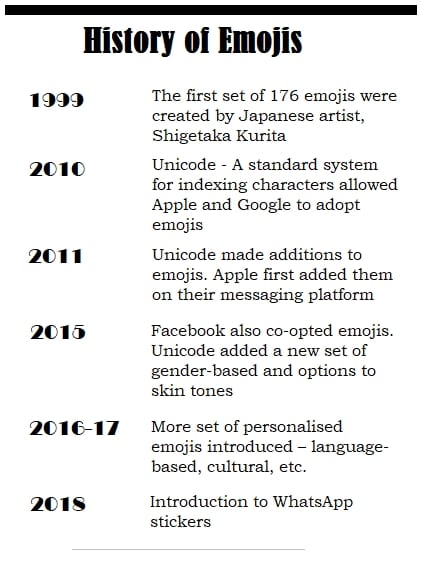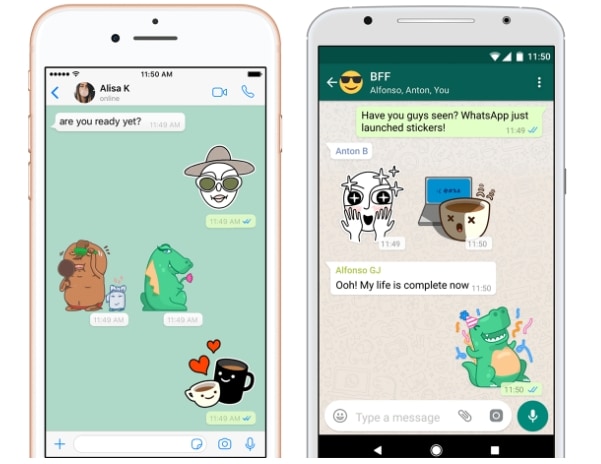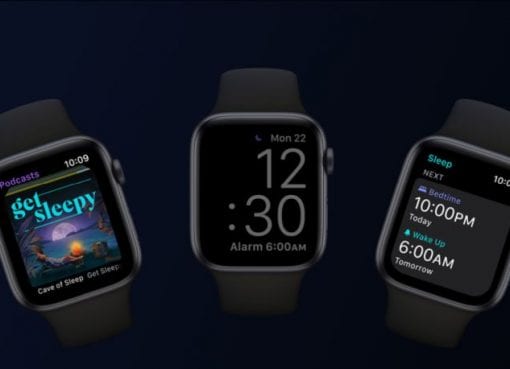
Flashback to the ‘90s and earlier, when hand-written letters were the basic form of communication. A single sheet of paper carried a lot of attachment, feelings and emotions.
Fast-forward to today, where everyone is connected, conversing on Whatsapp, Facebook and Instagram. We tap our fingers on our smartphone screens endlessly, and messages are delivered, in the blink of an eye. When we respond to our friends and family, we type faster, using shortcuts to traditional language – “I M Ok”, “Happy BDay”, “Pls snd me d foto”, “Tnx”. It’s made more awful with tiny emojis and overly-colourful stickers and obnoxious GIFs.
WhatsApp is possibly the biggest culprit, allowing flooding of chat conversations with smiling emojis, cars and bicycles, animals and even a pile of poo, depicting the direction of modern day conversation using smart devices.
Would you agree that emojis are replacing the text messages, also making upcoming generation lazier and conversations less meaningful?
In 2011, Apple added emoji support to iOS. Android joined in, soon after. This is when “LOL” transformed into ![]() and “I love you” to I
and “I love you” to I ![]() you. Soon, emojis became part of our new vocabulary, lowering the quality of conversation and emotions. A list of it is proven by the real time emoji tracker, which keeps count of frequently used emojis used on Twitter.
you. Soon, emojis became part of our new vocabulary, lowering the quality of conversation and emotions. A list of it is proven by the real time emoji tracker, which keeps count of frequently used emojis used on Twitter.
![]()
There are also few older insights from Facebook and SwiftKey on emoji trends and how frequent people use them while communicating. Facebook even has listed a top 10 popular emojis on the occasion of “World Emoji Day” (who even celebrates this?), while SwiftKey’s report depicts the trend of emojis and their usage.
While, everyone is trying hard to explain benefits and convenience of using emoticons, they are not nearly as effective as entire words and sentences. While that is the case, WhatsApp announced stickers with a smiling tea cup, glowing face and a broken heart to make actual text messages a distant thought. Take for example this conversation, and whether the stickers really strike anything meaningful in your mind?

If two unfamiliar, cross-cultured people converse using emojis and stickers, their conversation can only lead to undesirable misunderstandings. The reason being, everyone has their own way of interpreting things and it’s the same while expressing emotions. Sometimes, using emojis and stickers unknowingly convey the reader that they are better dealt with stickers, while also expressing that you are no longer interested in the conversation. Most of us at times, simply keep the conversation flowing with GIFs or by sending a smiling face to keep the conversation going. While our mind still questions us – “How should I respond to this?”. Another example of this is when one of our friends posts a saddening news on Facebook or WhatsApp. We react to it with a sad face, but rarely choose to comment on it.
A barrage of emojis, stickers and GIFs are constantly evolving the digital language every day. It isn’t just limited to personal lives, but it’s commonly used in businesses these days. Even LinkedIn has emoticons and emojis as part of its commenting system. Many of us have office groups on WhatsApp for formal communications and approvals.
Using emojis is trickier than other forms of communication. In a face-to-face or in a truly text-based conversation, we guess a person’s mood depending on their pitch and tone of their voice or the words typed. Emojis and stickers fail miserably here. All of us have reactions and views on most things, and to express them, we try to find meaningful ways. Whether we choose to use emoticons, stickers, GIFs or voice messages, doesn’t matter. In fact, looking at their rising popularity, the need for stickers and emojis will always be applauded, but one thing for sure – “They alone will never ever replace words”.



